Social media is often blamed for playing a role in causing eating disorders. While I don’t agree that social media is the main culprit — eating disorders are extremely complex mental illnesses with biological, genetic and environmental factors — content that glorifies disordered eating has no place online.
Sometimes as social media content consumers, it feels like we have little control over what we’re shown. Especially if you have a mental health disorder, you may feel like you never know when content will trigger an intense emotional reaction.
There’s a simple way we can cut down the digital clutter that normalizes disordered eating, like unhealthy body measurement challenges and pro-eating disorder weight-loss tips. It’s called reporting. And it’s not too hard to do, either.
Out of sheer curiosity, I did some digging and broke down the different ways to report pro-eating disorder content on four main social media platforms: Instagram, Facebook, TikTok and Twitter. Take a look at them below!
How to report pro-eating disorder content on Instagram
- Click the three dots in the upper right-hand corner of a post
- Click ‘Report’
- Scroll down and select ‘Eating disorders’ as the option under ‘Why are you reporting this post?’
- Click ‘Submit Report’
- Click ‘See Resources’ for more information
What I really like about Instagram’s reporting feature is that they offer up resources right away. If you click ‘See Resources,’ it brings you to Instagram’s Help Centre, where there are tips to build body confidence and a list of eating disorder helplines around the world.
Working alongside the National Eating Disorder Association, Instagram also offers tips if a friend posts something on Instagram suggesting they have an eating disorder.
Notably, they encourage you to report the post so that Instagram can reach out to your friend and offer support. There’s advice on what to do and not do, such as checking in on your friend’s feelings and trying not to place shame.
Overall, I was impressed by the straight-forwardness of reporting pro-eating disorder content on Instagram.
Learn more: Instagram Community Guidelines

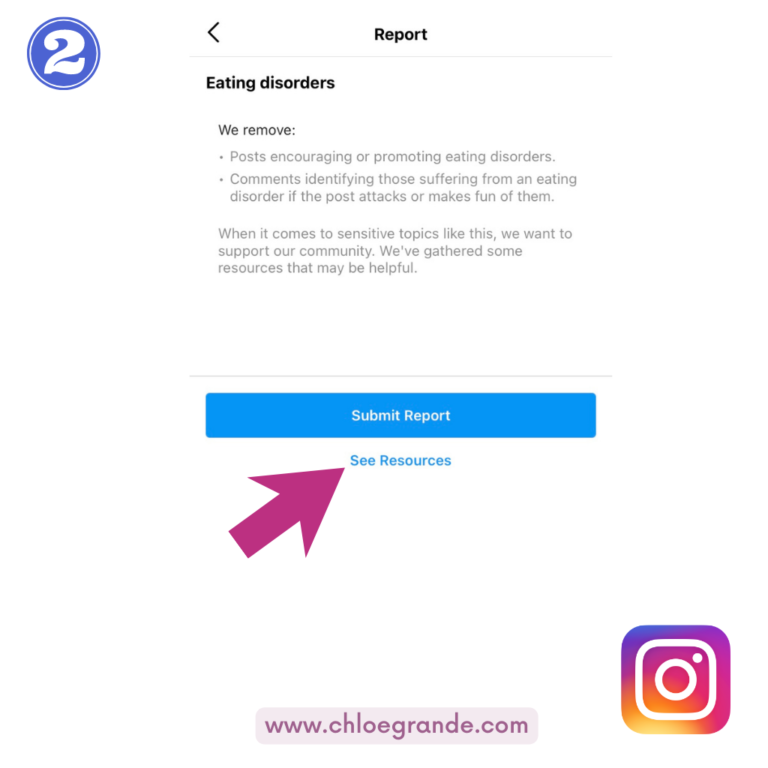

How to report pro-eating disorder content on Facebook
- Click the three dots in the upper right-hand corner of the post
- Click ‘Find support or report post’
- Select ‘Suicide or self-injury’ as the option under ‘Please select a problem’
- Click ‘Done’
- There will be an option to ‘See Resources’
Like Instagram, Facebook offers up resources after you report. If you select this option, it will open up a new page called ‘How to support a friend.’
From there, you can click ‘Contact a Helpline’ and you’ll see a category for Eating and Body Image support. If located in Canada, you’re then brought to a page on the National Eating Disorder Information Centre (NEDIC)’s website called ‘Instagram,’ with FAQs about eating disorders.
It’s a bit of a maze to finally land on the NEDIC help page. I would have liked to see eating disorders outrightly listed as a problem under the reporting options, rather than having it lumped into the Suicide or Self-Injury category.
Learn more: Facebook’s Policy on Suicide and Self Injury




How to report pro-eating disorder content on TikTok
- Click the ‘Share’ button (4th icon on lower right side) or hold down on a video
- Click the flag that says ‘Report’
- Click ‘Suicide, self-harm, and dangerous acts’ as the option under ‘Select a reason.’
- Click ‘self-harm’ or ‘dangerous acts’
TikTok has a lot of information on their website regarding safety, reporting, content moderation and more. It’s clear they’re trying to make their platform a safer place.
After some digging, I found they have a ‘Safety Center’ on their website and one of the topic guides is eating disorders, which outlines lots of useful information and support. At the bottom of the article, there’s a drop-down menu to pick your country/region for local resources. This information is handy to have, but I wish it wasn’t so hard to find.
Personally, I’ve found the most harmful and triggering pro-eating disorder content to be on TikTok, which is why I don’t use the app very much.
Learn more: TikTok’s Community Guidelines on Suicide, Self-Harm and Disordered Eating

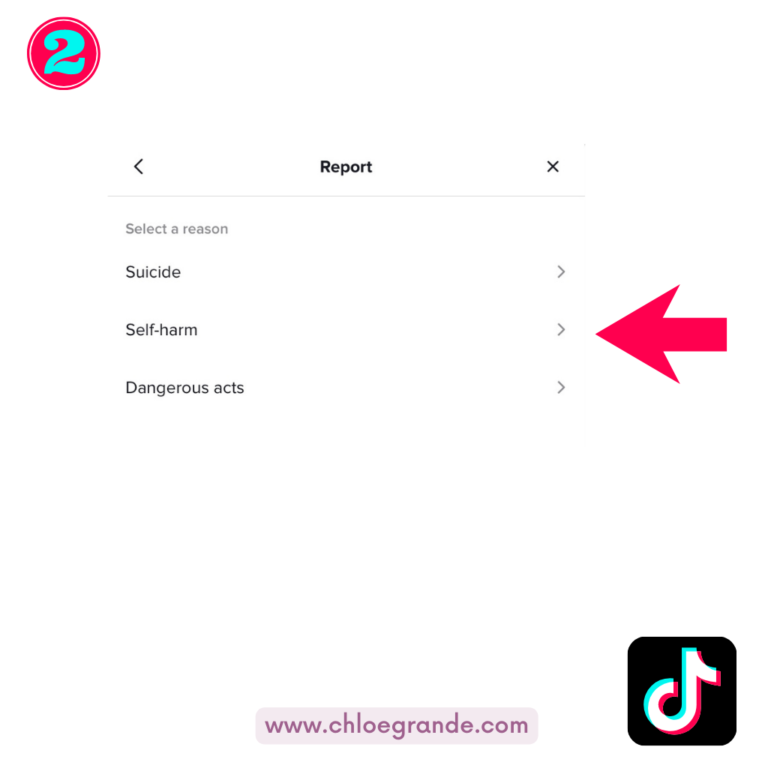

How to report pro-eating disorder content on Twitter
- Click the three dots in the upper right-hand corner of the post
- Click ‘Report Tweet’
- Click ‘It expresses intentions of self-harm or suicide’
- It will allow you up select multiple tweets from the user’s account, then select ‘Report’
After reporting, a message comes up thanking you for reporting, with an option underneath to learn more about how you can help someone dealing with thoughts of self-harm or suicide. However, there’s no mention of eating disorders here.
I struggled to find much eating disorder information in their Help Center, besides a brief mention of eating disorders as an example of self-harm in their Rules and Policy section.
Learn more: Twitter’s Suicide & Self-Harm Policy
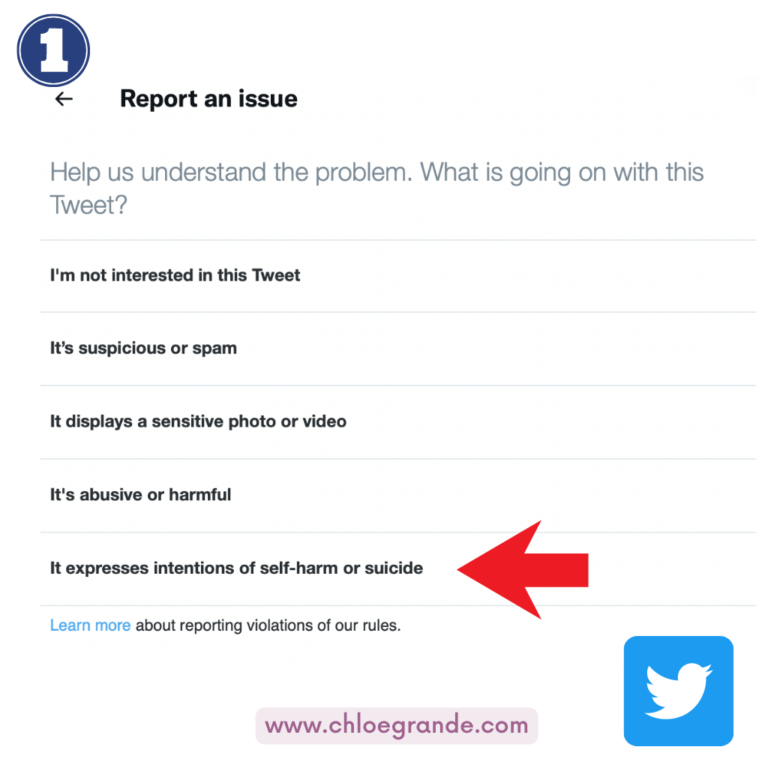
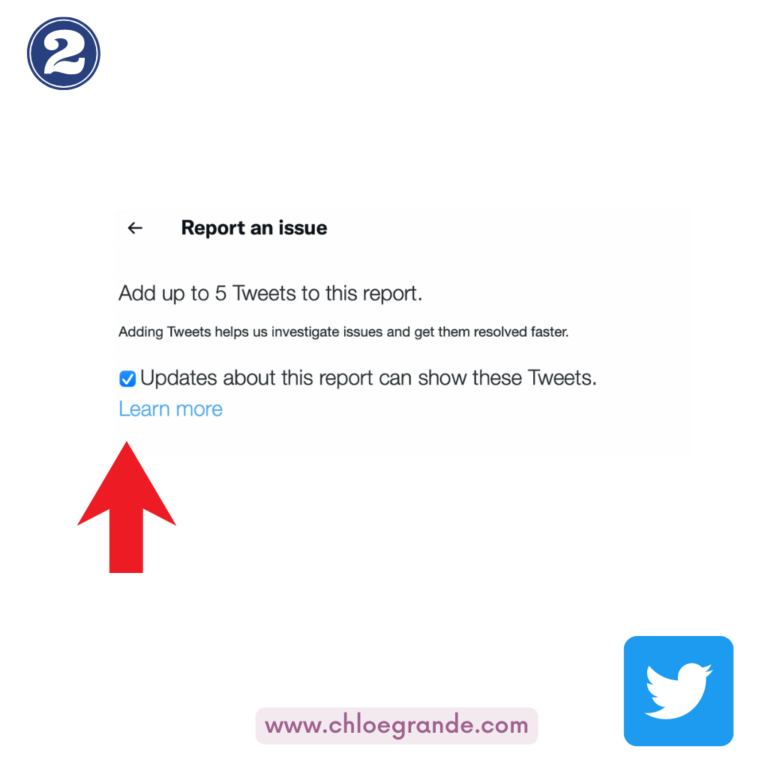

My top takeaways from doing this research are:
- It’s not always intuitive how to report pro-eating disorder content
- There needs to be more clarity that pro-eating disorder content falls under the self-harm or self-injury category of reporting
- Having eating disorder resources after reporting is so important to help support the user’s mental health
Progress has certainly been made in protecting users, but social media can still be a triggering, harmful place for those in eating disorder recovery. No amount of reporting will make apps safe for everyone, which is why it helps to know your own boundaries around social media consumption (like unfollowing or blocking accounts).
I also learned from this research that reporting content making fun of people with eating disorders violates most community guidelines. I’m glad to see this being taken seriously. Mental illness isn’t a joke, it’s not a phase or a trending challenge.
Hopefully you learned something new about how to report pro-eating disorder content on social media. It doesn’t take long to do and it’s a step we can all take to better protect our mental health online.
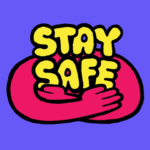



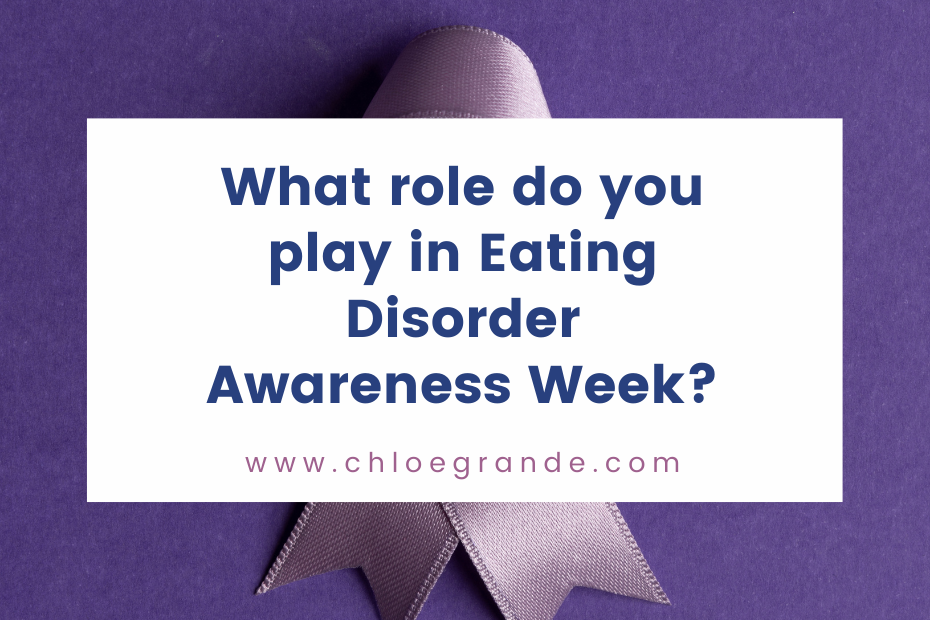
Reported this account on TikTok. They said no violation
https://vm.tiktok.com/ZGeNMmxQS/
great blog – quite helpful and with illustrated guidance on how to report pro eating disorder posts on different platforms !
Thank you so much! I haven’t seen many other guides online about reporting pro-eating disorder content on social media, so thought I’d put together one myself. Glad you’re finding it useful 😊